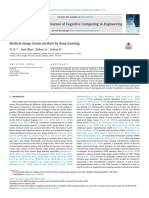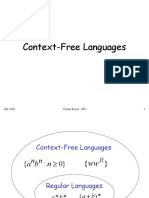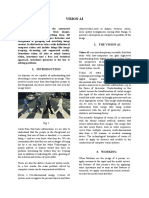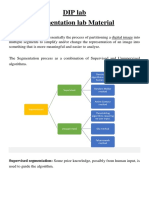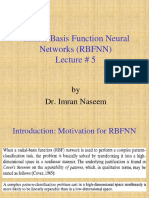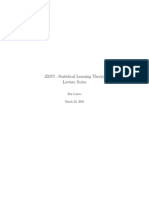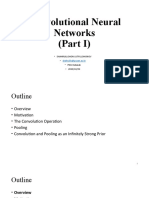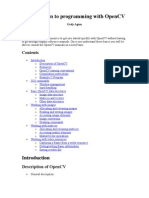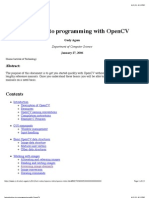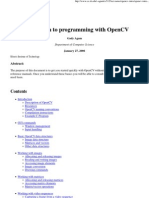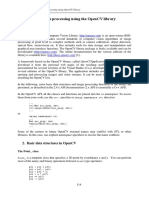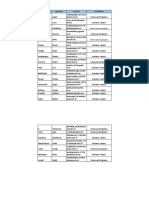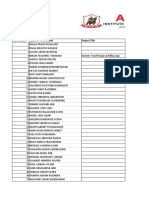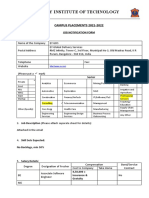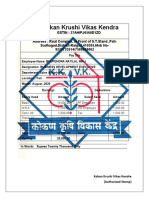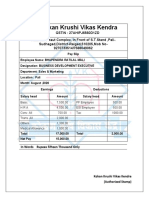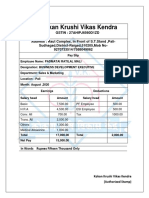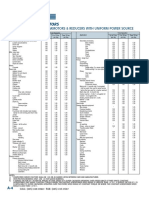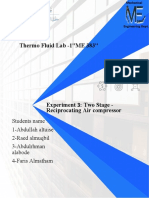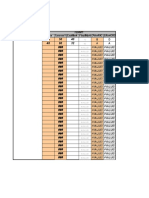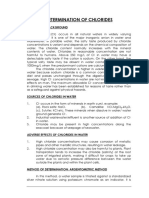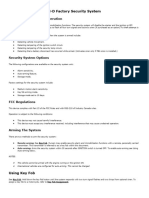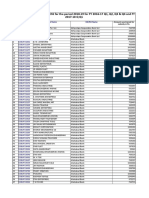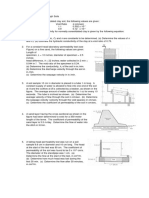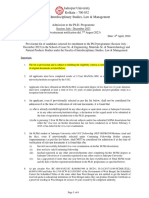0% found this document useful (0 votes)
874 views67 pagesImage Processing With Opencv Python: Kripasindhu Sarkar
This document provides an overview of image processing with OpenCV and Python. It introduces OpenCV as an open-source library for computer vision with over 500 functions. It discusses the tools needed for image processing like data structures for matrices and efficient matrix operations. It also provides information on installing and using OpenCV with Python, including common OpenCV modules and example applications like edge detection and filtering.
Uploaded by
DevenCopyright
© © All Rights Reserved
We take content rights seriously. If you suspect this is your content, claim it here.
Available Formats
Download as PDF, TXT or read online on Scribd
0% found this document useful (0 votes)
874 views67 pagesImage Processing With Opencv Python: Kripasindhu Sarkar
This document provides an overview of image processing with OpenCV and Python. It introduces OpenCV as an open-source library for computer vision with over 500 functions. It discusses the tools needed for image processing like data structures for matrices and efficient matrix operations. It also provides information on installing and using OpenCV with Python, including common OpenCV modules and example applications like edge detection and filtering.
Uploaded by
DevenCopyright
© © All Rights Reserved
We take content rights seriously. If you suspect this is your content, claim it here.
Available Formats
Download as PDF, TXT or read online on Scribd
/ 67


